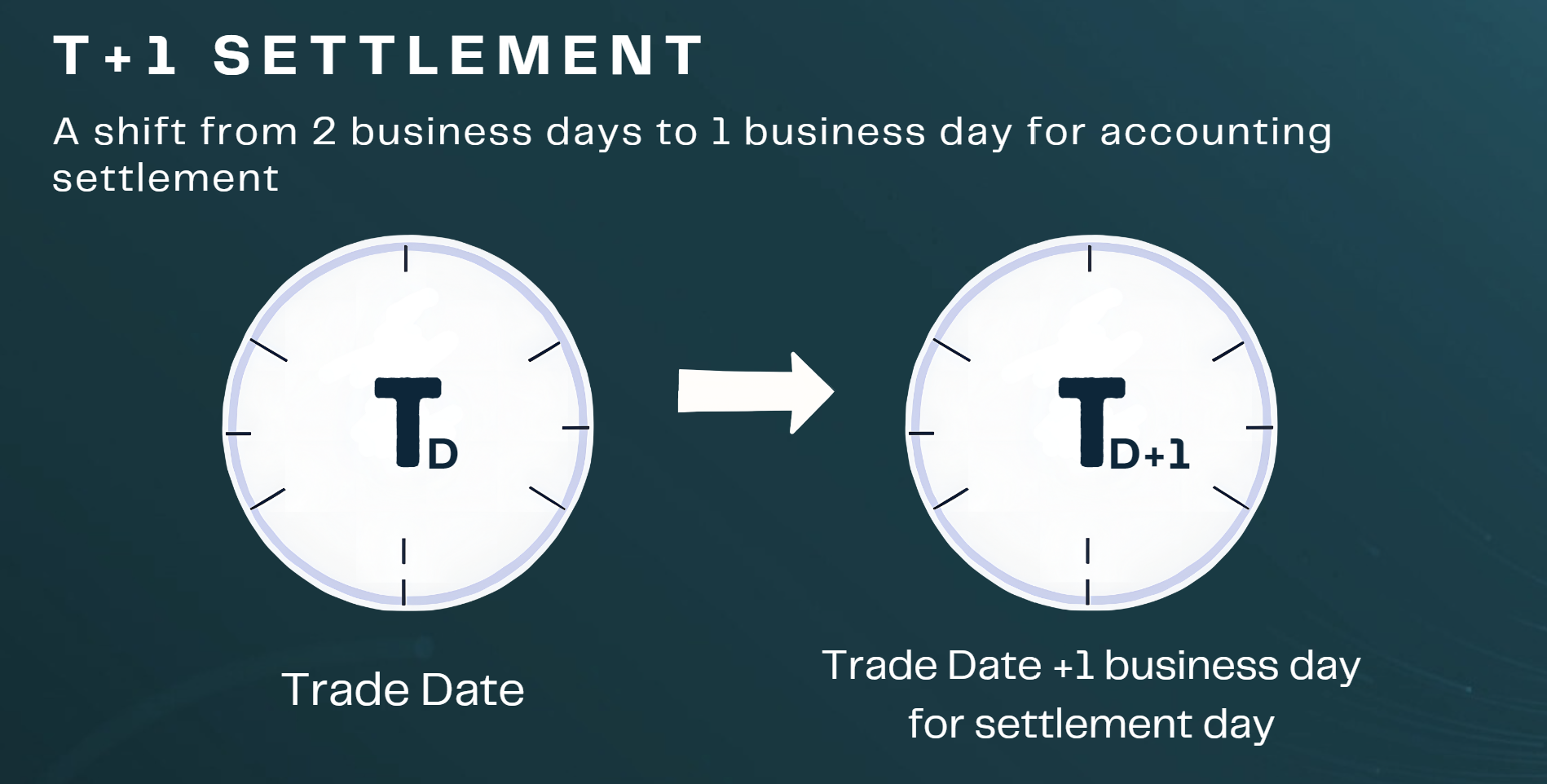The Target Operating Model Myth
In today’s dynamic investment landscape, a well-defined operating model is the backbone of any successful investment manager. Often the term “Target Operating Model” (or TOM for short) is defined simply as a description of the desired operating model, its elements and points of consideration. This model acts as a target state to be achieved by the firm, outlining how resources are allocated, and critical functions deployed. From the front office to the back, an optimized operating model ensures all parts working together can achieve a sum greater than its individual components.
In some cases, the operating model was developed over time as business and technical requirements emerged, and in other cases it was built by external consultants. Because a successful implementation of a Target Operating Model is measured by how closely the implemented model matches the original TOM, the costs associated with making changes to your current model can be very high. In some cases, this is a necessary investment required to overcome legacy operational debt, however, refining operating models over time and building flexibility into technology and processes can make the changes needed now, and in the future not only possible, but within reach and without the multi-million dollar price tags.
Operating Model Opportunities
First, let’s look at some of the key areas where thoughtful Operating Model improvements can be made without starting from scratch.
Underutilized Automation:
What hidden features exist in your people, culture, organizational structure, and technologies that you aren’t taking advantage of? A great example of this is engaging experts in the software you use and who understand your business and your peers, and who can identify blind spots or unused system capabilities. This may be in the form of improved data flows and system integrations, or centralizing functions that are currently sprinkled throughout the organization. It could also mean identifying opportunities for system consolidations and performing a strategic elimination of a redundant system and its associated costs. Maybe you have a talented IT team that is not being used to its full potential and who could be adding additional value in other adjacent areas.
Mis-aligned Procedures & Technology:
Misalignment between Procedures & Technology often occur when your procedures and checklists are not fully connected to the technologies and tools that are doing the work – redundant, overcomplicated, or unnecessary steps can slow down, confuse, or bottleneck operational workflows. Efficient processes are how you connect the different elements of your operations in a way that gets the most out of your people and systems. Maybe you already have the ingredients, but what is the recipe that will make your operations outstanding? How can you lean into your organizational strengths to get the most out of your investments in people and systems?
Unclear Priorities:
When everything is a priority, nothing is. Having a thought–out and clearly articulated list of priorities means that everyone on the team can pull in the same direction instead of at cross-purposes. Do you have enough alignment across your internal stakeholders so that priorities are understood, actionable, and can generally be agreed-upon? For example, if your priority is the speed and accuracy of closing your month-end periods, then you can easily evaluate whether the actions you want to implement get you closer to, or further from, your intended goals. You will spend the time you have on improvements that can move the needle in strategic and meaningful ways.
Operating Model Optimization Elements
The following four areas hold the keys to optimizing your Operating Model. Let’s see some of the ways they can contribute to optimizing your investment operations.
- Alignment & Automation
- Prioritization with Purpose
- Managing Complexity
- Roadmap to Success
Alignment & Automation
You need to craft and articulate your priorities to have alignment across key stakeholders within and adjacent to your operations team. As alignment and priorities are generated, identifying and implementing automation is a great way to kick-start the process of operating model improvements. It creates quick wins with low investment, can be used as a positive example to internal stakeholders, and allows the teams involved to more easily engage in additional operational improvements.
Prioritization with Purpose
If you can be clear on the priorities and have a good sense of your ‘North Star’, then determining what to do next becomes a lot clearer. Consider what you care about the most when it comes to your operations. Is it speed of processing? Data Accuracy? Reduced maintenance? Scalability? Internal or external stakeholder management or reporting? Knowing your most important thing in advance means that when there are conflicting priorities, you can consistently choose the one that brings you closer to the priority (or priorities) you have set and avoid decision-making that meanders between competing objectives.
Managing Complexity
We talk a lot with our clients about the different ways they can handle complexity. Although it is a very nuanced topic, you can cut through some of the noise by testing any proposed increase in complexity with the following question:
Does adding this complexity increase our ability to outperform our competitors?
If the answer is No, then introducing additional complexity and the subsequent maintenance of workflow solutions is not likely to add value, and following a best-practice solution would likely be best. If the answer is Yes, then the next step is to identify, to the extent possible, what the additional maintenance effort and costs might be and make an internal case for, or against it before proceeding.
Roadmap to Success
The path to optimizing your operating model begins with understanding the pain points you currently have, and to identify the types of future pain points that often come next. Unlike a Target Operating Model which is a plan for a fixed operational ‘state’, an Operating Model Roadmap is a living plan that looks at current operating issues in a holistic way. It allows for focus to be applied to immediate operational challenges, while also attending to the peripheral where evidence of future issues or concerns may start to present. Having a roadmap in place can help dramatically with understanding potential future needs, and allow for earlier planning around budgets, resourcing, and timing.
Conclusion
While the concept of a Target Operating Model is valuable, and even quite necessary at times, its more rigid implementation can be both costly and time-consuming for an organization. Instead, focusing on operational workflow optimization through alignment, prioritization, automation, and a flexible roadmap approach, offers a more effective way to achieve the improvements you want at a lower cost, and with the added benefit of realizing your return on investment much faster. By taking this approach to optimization, you will have also developed the framework to help you regularly evaluate and adapt to your evolving business needs.
By embracing this type of flexible and iterative approach, investment organizations can unlock the full potential of their operations sooner and gain a competitive edge in today’s dynamic market.
How FINARCH can help
We have worked with many clients across the globe to help them optimize their operating models and provided insight into the types of future issues they were likely to encounter . In addition to providing the advisory services for the operational model roadmap, we also have the technical and business expertise to produce the recommended changes and results.
Our core business is focused on business operations, technology implementations, data management, and reporting. We leverage our extensive expertise across the investment value chain to ensure that you benefit from our decades of cumulative experience.
Some of the ways we do this are by:
- Proposing and Implementing Best-Practices:
We look at your organizational issues through the lens of both your organization and your peers to help you choose the optimal solutions that fit your specific needs and priorities. Our consultants have experience in system configuration and business operations.
- Designing Effective and Efficient Workflows:
We bridge the gap between your operational processes and technology architecture to identify opportunities for optimization against the backdrop of your organizational priorities.
- Assisting with Employee Engagement & Change Management:
We interact with strategic stakeholders across the organization to ensure that solutions are balanced against everyone’s needs and perspectives, resulting in improved overall stakeholder buy-in and successful engagements.
- Recommending Flexible Solutions:
We design our recommended solutions to be both effective and flexible. We have a point of view, but we understand that there are always other considerations that go beyond the tasks at hand and will work with you to find the optimal path forward. Our consultants have seen the good and the bad and we can help you avoid building solutions that do not deliver.
- Helping you Prioritize Next Steps:
Once you have a roadmap in place, we believe there is always a path forward and we will work with you to identify the best approach possible based on your specific needs and priorities to make the changes you need a reality. We are flexible in how we structure our engagements so that clients can get the most out of our partnership.
Regardless of where you are in your digital transformation journey, having a partner to support you along the way and help avoid missteps is critical. Don’t hesitate to reach out if you want to explore how FINARCH can help your firm dynamically optimize operational workflows, unlock greater performance and future-proof your operations in this fast-changing environment.



